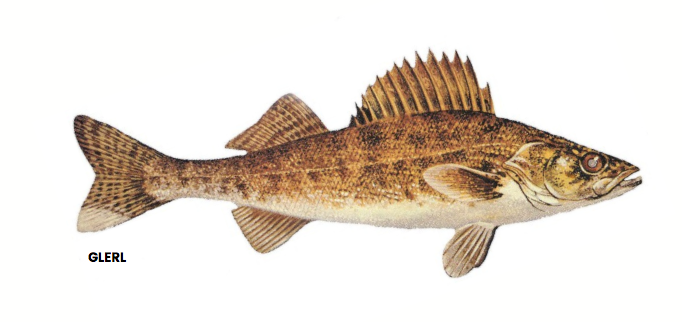TASTE AND NUTRITION
The flesh of walleye is firm, white, fairly dry and virtually free of bones.
HOW THEY ARE HARVESTED
Walleye are commercially harvested from Lake Superior by members of the Red Cliff Band of Lake Superior Chippewa and processed by Red Cliff Fish Company employees as part of a producer-driven, community-supported food system that creates jobs and preserves Tribal heritage. There is no commercial walleye fishery in Wisconsin waters of Lake Michigan. Michigan tribal fishermen harvest some walleye using gill nets in Lake Huron and Lake Michigan, but the majority of walleye caught commercially in the Great Lakes come from the Canadian waters of Lake Erie.
Because walleye is such a popular fish on restaurant menus, scientists and fish culturists in Wisconsin have been working to find a way to raise them on fish farms. Researchers supported by the UW Sea Grant Institute and the UW-Stevens Point Northern Aquaculture Demonstration Facility have grown saugeye, a naturally-found cross between female walleye and male sauger, to harvest size in one year in recirculating aquaculture systems and are developing out-of-season spawning technology so that walleye can be produced year round.


